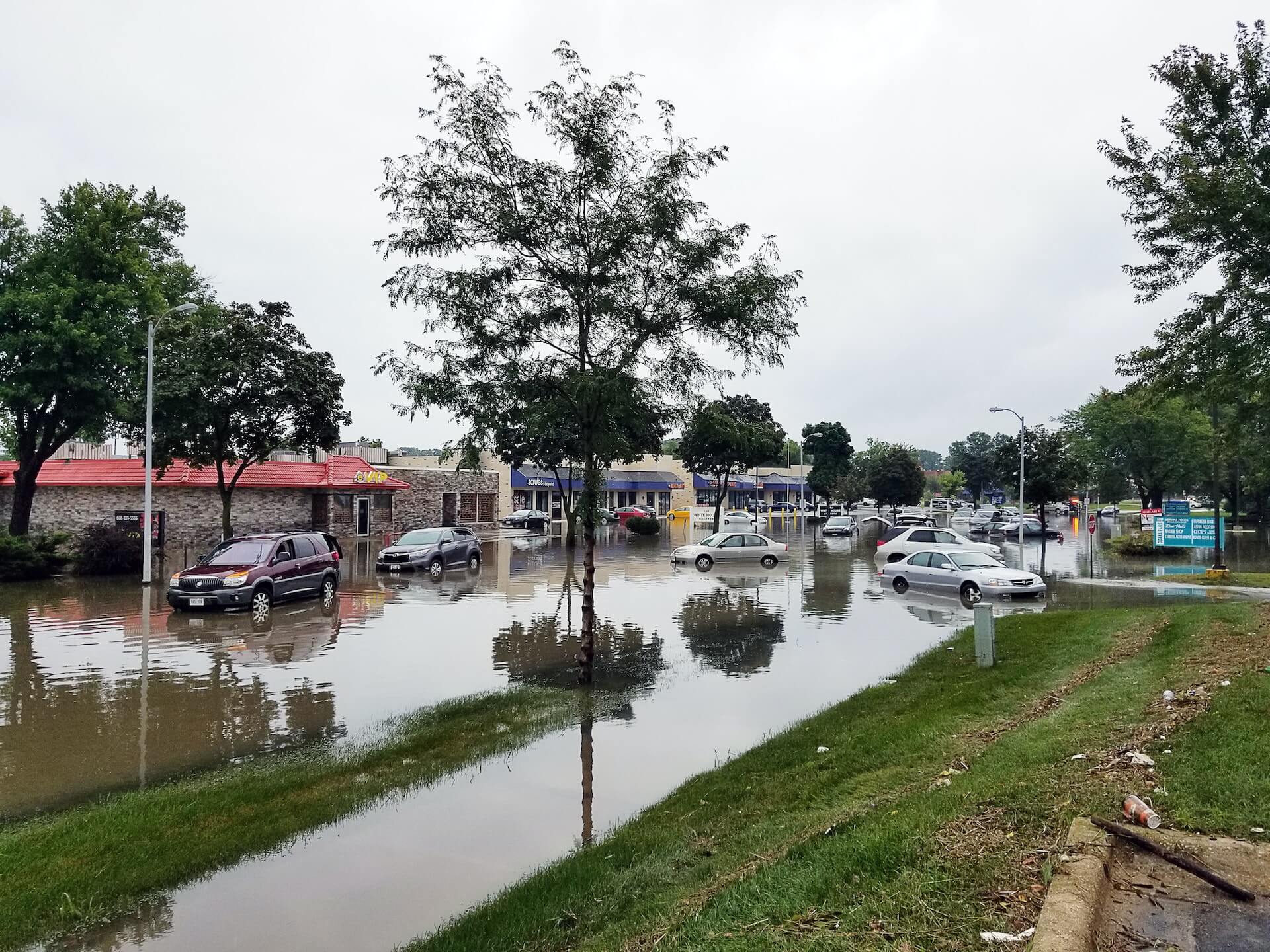How to Prepare for Storms, High Winds, and Rain
The wind whispers warnings through the trees, and the forecast paints a picture of stormy skies. Fear not, for with a little preparation, you can weather any tempest! Here's how to get your home and family ready for high winds, heavy rain, and the potential power outages that often tag along.
Fortify Your Fortress:
- Trim the Timber: Inspect your trees for dead branches or overhanging limbs that could become missiles in strong winds. Prune away any potential projectiles to protect your property and yourself.
- Close the Gates: Secure gates, doors, and windows tightly. Check for loose hinges or damaged seals, and reinforce with weatherstripping if needed. Don't forget the garage door – ensure it's properly shut and locked.
- Clear the Clutter: Loose objects become windblown projectiles. Secure outdoor furniture, grills, and any yard decorations. Bring in or tie down smaller items like trash cans or planters.
- Gutter Guardian: Clean out your gutters and downspouts to prevent overflow and potential water damage. Ensure they're securely attached to your house and divert water away from the foundation.
- Seal the Leaks: Check your roof for missing or damaged shingles and repair them promptly. Don't let wind and rain sneak in and wreak havoc inside.
Stock Up and Shelter:
- Emergency Kit Essentials: Assemble an emergency kit with vital supplies for at least 72 hours. Include non-perishable food, bottled water (one gallon per person per day), a first-aid kit, flashlights, batteries, a battery-powered radio, clothing, blankets, personal hygiene and medication (if needed). Don't forget a manual can opener and sanitation supplies. Importans documents such as insurance papers, identificatin etc. can be god to have handy.
- Fuel the Fire: If you have a fireplace, gather firewood and kindling to stay warm if the power goes out. Keep a carbon monoxide detector nearby and never leave a burning fire unattended.
- Charge Up: Storms often lead to power outages, so it's essential to be ready for such situations. Make sure your cell phones and portable devices are fully charged. Consider investing in a power bank for extra juice during an outage.
- Plan Your Escape: In extreme cases, evacuation may be necessary. Develop an evacuation plan with your family and choose a designated meeting point outside your home in case you need to leave quickly. Assemble a "go bag" with essential items.
- Safe Space: Identify a safe room inside your home, ideally an interior room on the lowest level away from windows and doors.

Stay Informed and Stay Safe:
One of the most critical aspects of storm preparedness is staying informed about weather conditions. Keep an eye on local weather forecasts, especially during the storm season. Utilize weather apps, follow updates from meteorological agencies, and consider investing in a NOAA weather radio for real-time information. Being aware of the storm's trajectory, intensity, and expected arrival time will help you plan and take necessary precautions.
- Weather Watch: Closely monitor weather updates through official channels like the National Weather Service or local authorities. Stay informed about storm predictions, warnings, and evacuation orders.
- Neighborly Network: Check on vulnerable neighbors, especially if they live alone, and offer assistance if needed.
- Don't Drive Through Floods: Remember, "turn around, don't drown." Never drive through flooded areas, even if they seem shallow. The current can be deceptively strong and sweep your car away.
By following these tips, you can transform your home into a haven of preparedness and face the storm with confidence. Remember, it's better to be safe than sorry! So stay calm, stay informed, and stay prepared. Happy weathering!
Bonus Tip: Download emergency apps and offline maps on your phone to access information even if internet services are disrupted.
Homes for rent: Homes for rent in Massachusetts
Homes for sale: Homes for sale in Massachusetts

Related Articles:
• How to Prepare Your Rental Property For Winter
• A to-do guide when your house has been damaged